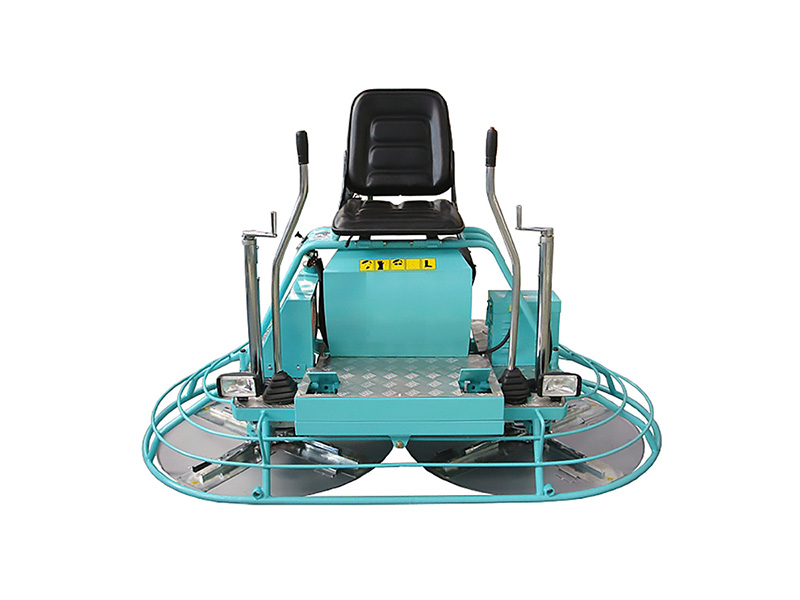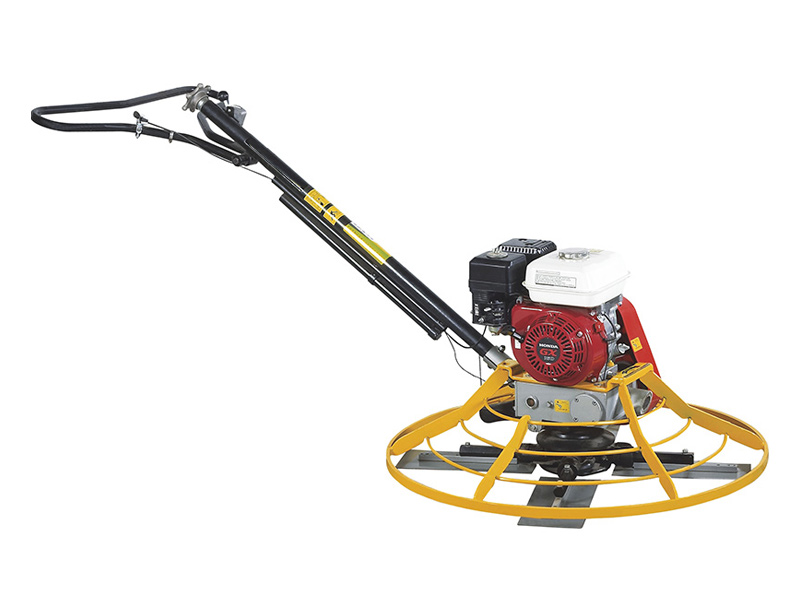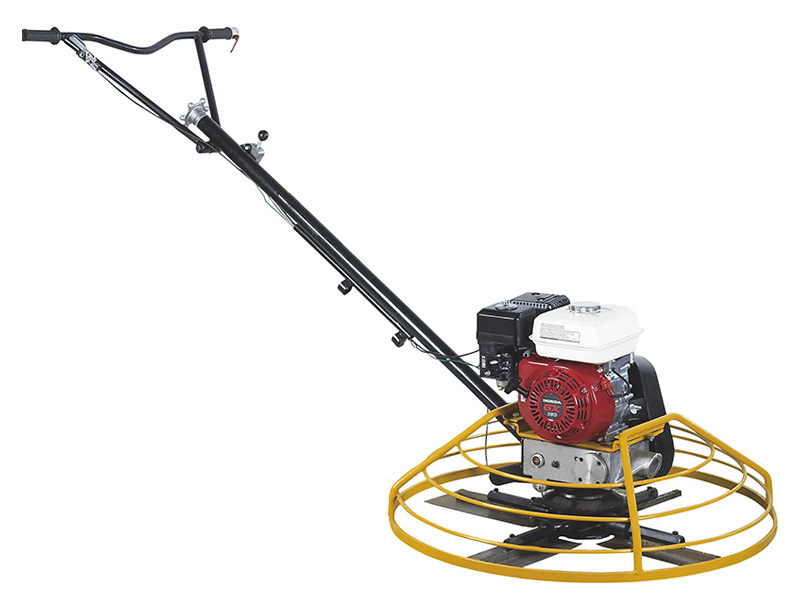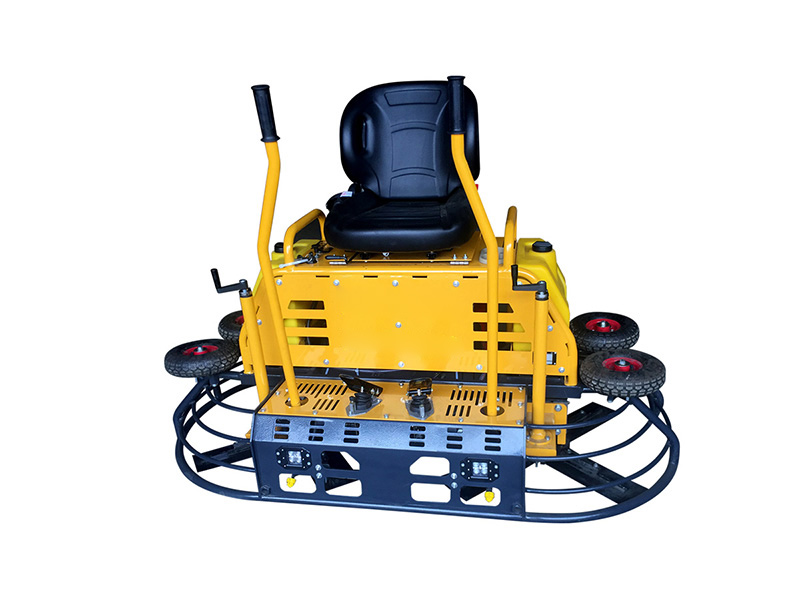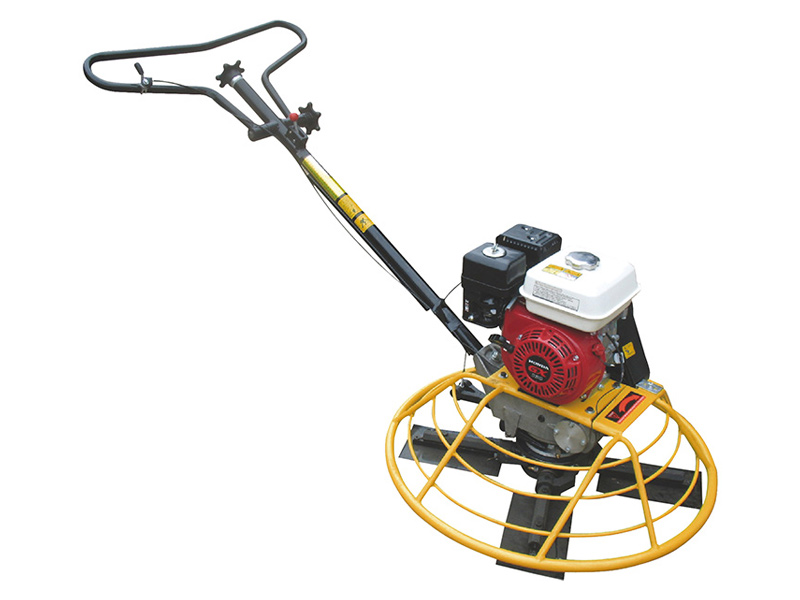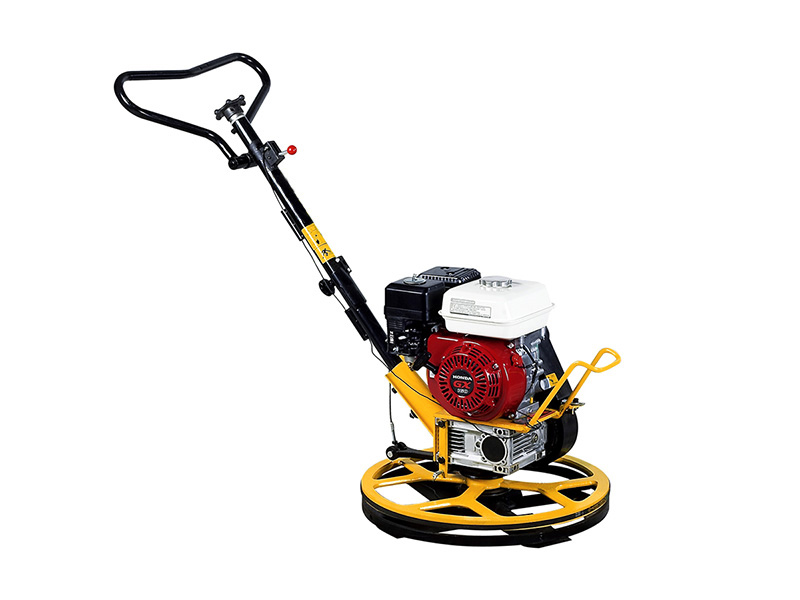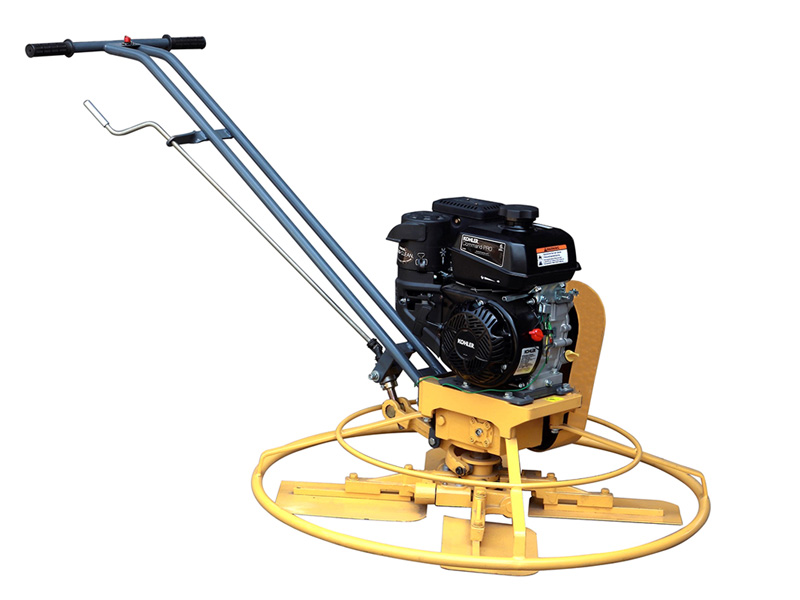HPT475 Ride On Concrete Power Trowel With 20HP Honda GX630 Engine
Engine Power(HP)
20HP
Working Diameter(cm)
188cm
Running Speed(RPM)
120-125
HPT1002 Concrete Power Trowel With 5.5HP Honda Engine
Engine Power(HP)
5.5HP
Working Diameter(mm)
960mm
Running Speed(RPM)
60-140
HPT1001 Concrete Power Trowel With 5.5HP Honda Engine
Engine Power(HP)
5.5HP
Working Diameter(mm)
960mm
Running Speed(RPM)
60-140
HPT36 Ride On Concrete Power Trowel With 20HP Honda GX690 Engine
Engine Power(HP)
20HP
Working Diameter(mm)
188cm
Running Speed(RPM)
120-125
HTM100 Concrete Power Trowel With 5.5HP Honda Engine
Engine Power(HP)
5.5HP
Working Diameter(mm)
960mm
Running Speed(RPM)
60-140
HPT602 Concrete Power Trowel With 5.5HP HONDA or LONCIN Engine
Engine Power(HP)
5.5HP
Working Diameter(mm)
600mm
Running Speed(RPM)
60-140
HPT601 Concrete Power Trowel With 5.5HP HONDA or LONCIN Engine
Engine Power(HP)
5.5HP
Working Diameter(mm)
600mm
Running Speed(RPM)
60-140
HPT100 Concrete Power Trowel With 5.5HP HONDA Engine
Engine Power(HP)
5.5HP
Working Diameter(mm)
960mm
Running Speed(RPM)
100-140
What is a Walk Behind Power Trowel?
The Walk Behind Power Trowel is a vital tool in concrete finishing, employed post the pouring of fresh concrete. This equipment plays a crucial role in smoothing out the concrete surface by eliminating uneven spots and facilitating an even distribution. The trowelling action not only flattens the concrete slab but also aids in extracting moisture, a key step in the concrete's curing process.
What do power trowels do
The Power trowel is an indispensable tool in the process of concrete construction and finishing. It is used to complete the finishing of the concrete after pouring the concrete into the formwork so that the concrete surface is smooth and flat.
A power trowelling typically has 4 large, rotating, flat blades that move across the top of the concrete to create a smooth, level finish. The power trowel blades can be adjusted to different angles for a variety of finishes. Power trowel machines are powered by a gasoline engine and are operated by an operator who stands behind the machine and follows and guides the movement of the machine over the surface. Handheld power trowels are commonly used on large, flat surfaces such as floors, driveways, and yards.
How to operate a power trowel
Operating a concrete power trowel requires safety precautions as the blades can cause serious injury.
First, place the power trowel on the concrete surface. Start the engine and adjust the speed to a slower setting at first. The operator grips the handrail and moves the machine in a circular motion, ensuring overlap with the previous path, increasing speed if necessary.
When the surface of the concrete is sufficiently smooth and level, reduce the speed of the power trowel blades and separate the blades. After use, the machine needs to be cleaned in time, using a dry cloth to wipe off any remaining mortar or concrete.
When done, shut off the engine. Always store power walk-behind trowels in a safe, dry environment.
When to use a power trowel on concrete
A power trowel is usually used after the concrete has been leveled to ensure an even surface. Allow the concrete to cure for at least 24 hours before using a power trowel, then allow the concrete to dry for another two to three days before it can be walked on properly. Always wear protective equipment, including safety glasses and a dust mask, for the safety of the operator when using a power trowel.
Usage of Power Trowels is generally a necessity for most concrete slab projects, depending on the slab’s dimensions. If you're new to using a Power Trowel, we recommend our introductory guide that covers the fundamentals of operation and established best practices. This will ensure efficient and effective use of the tool, enhancing your project's overall quality.
How to power trowel cement properly
Power troweling concrete is a quick and easy way to finish concrete floors and achieve a smooth, level surface. First, remove surface debris and excess water. After the concrete is level and slightly hardened, finish the surface with a power trowel. Begin by moving the trowel in a circular motion, working slowly across the entire surface. Make sure to avoid any low spots and keep the speed of the trowel consistent. After troweling, use a finishing blade to further smooth the surface. Through these steps, a smooth, even finish is achieved.
How to adjust the blade on a power trowel
Adjusting the blade on a power trowel is a relatively simple process. First, make sure the walk-behind power trowel is turned off and unplugged. Open the access panel to the trowel blade and check the blade height setting. If the blade needs to be raised or lowered, use the height adjustment screw to make the necessary changes. Once the desired blade height is set, set the adjustment screw in place and close the access panel. Finally, turn the power trowel back on and test the blade height setting. If the blade is still not set to the desired height, repeat the adjustment process until the blade is set correctly.


